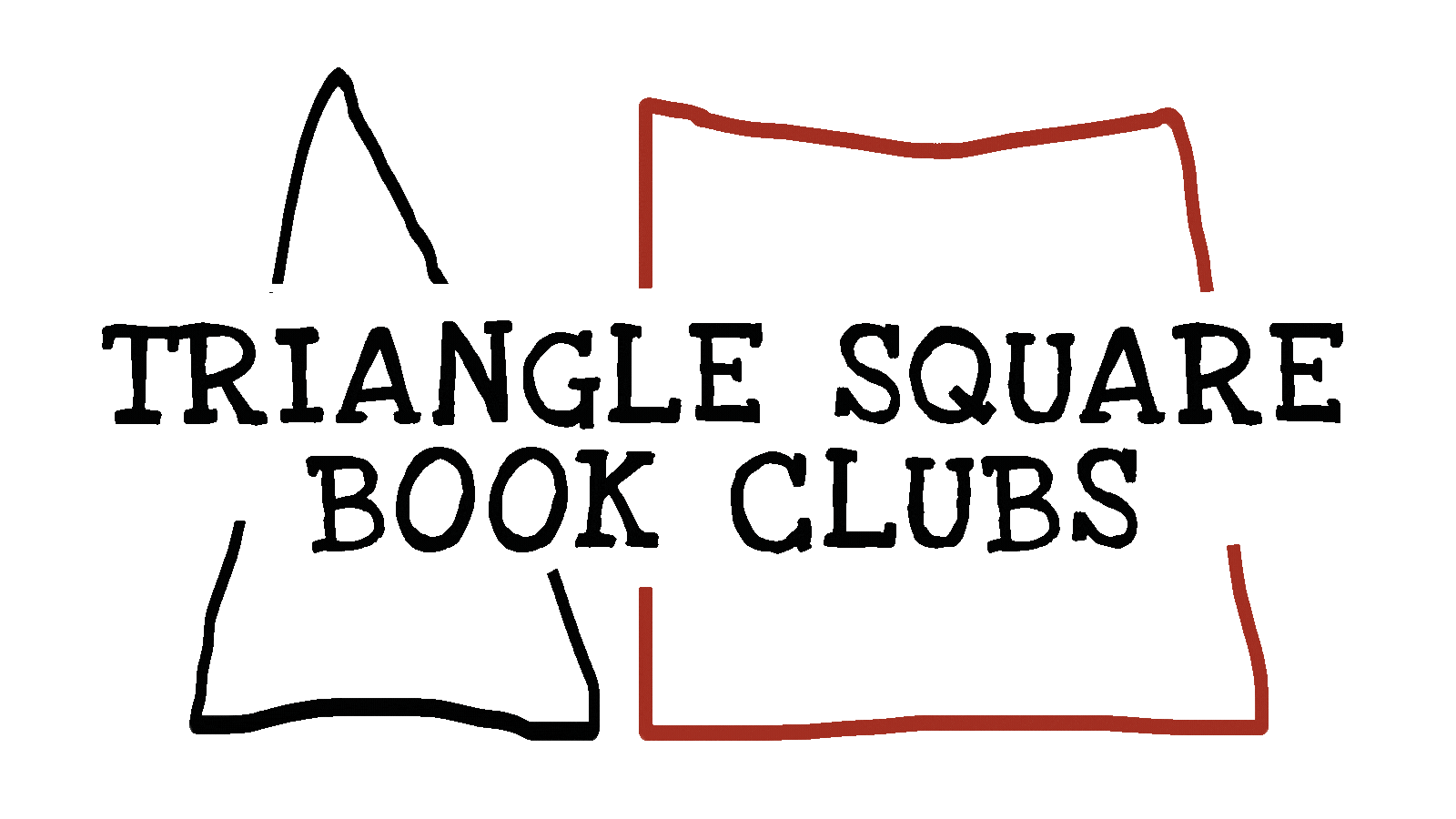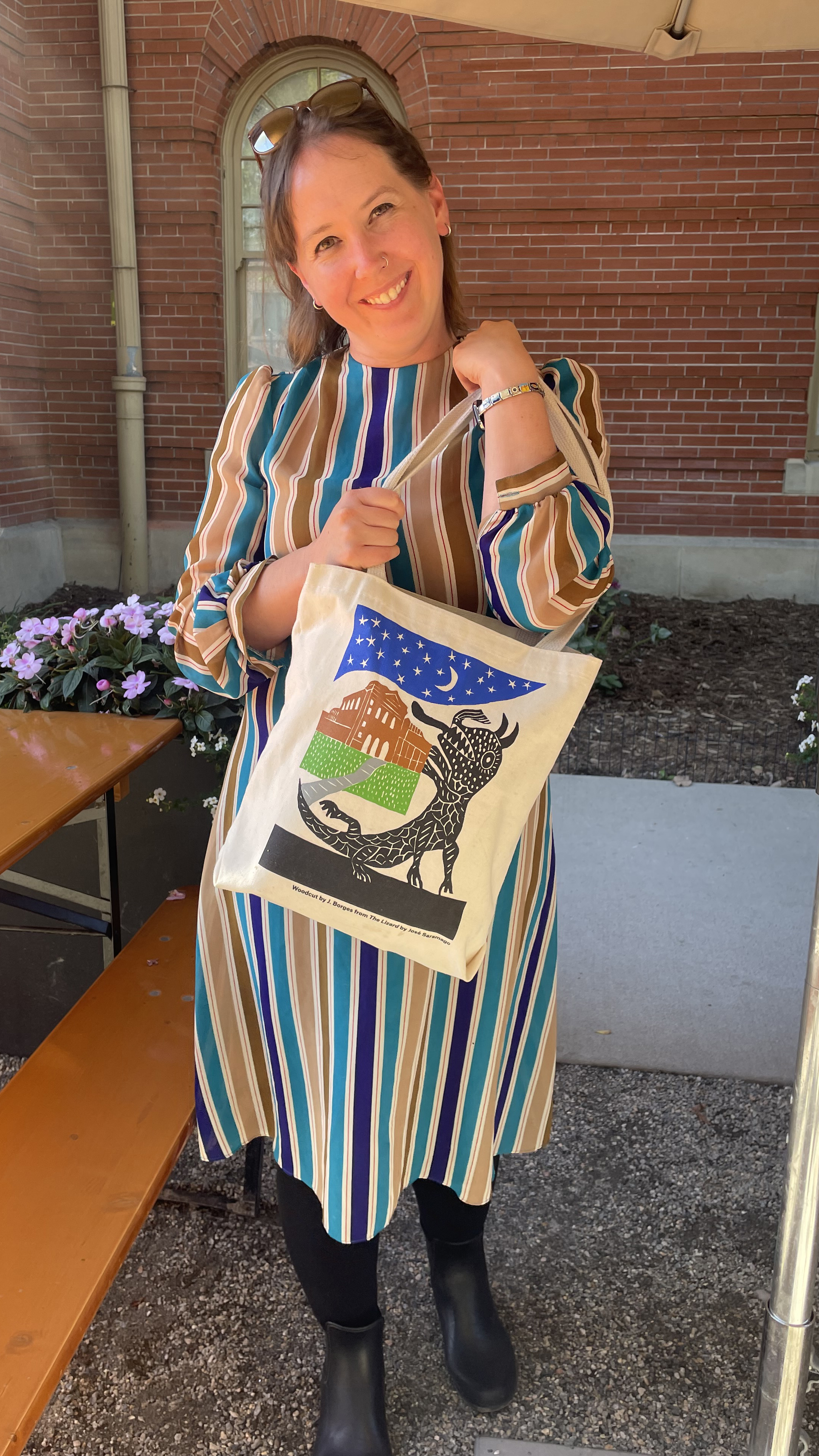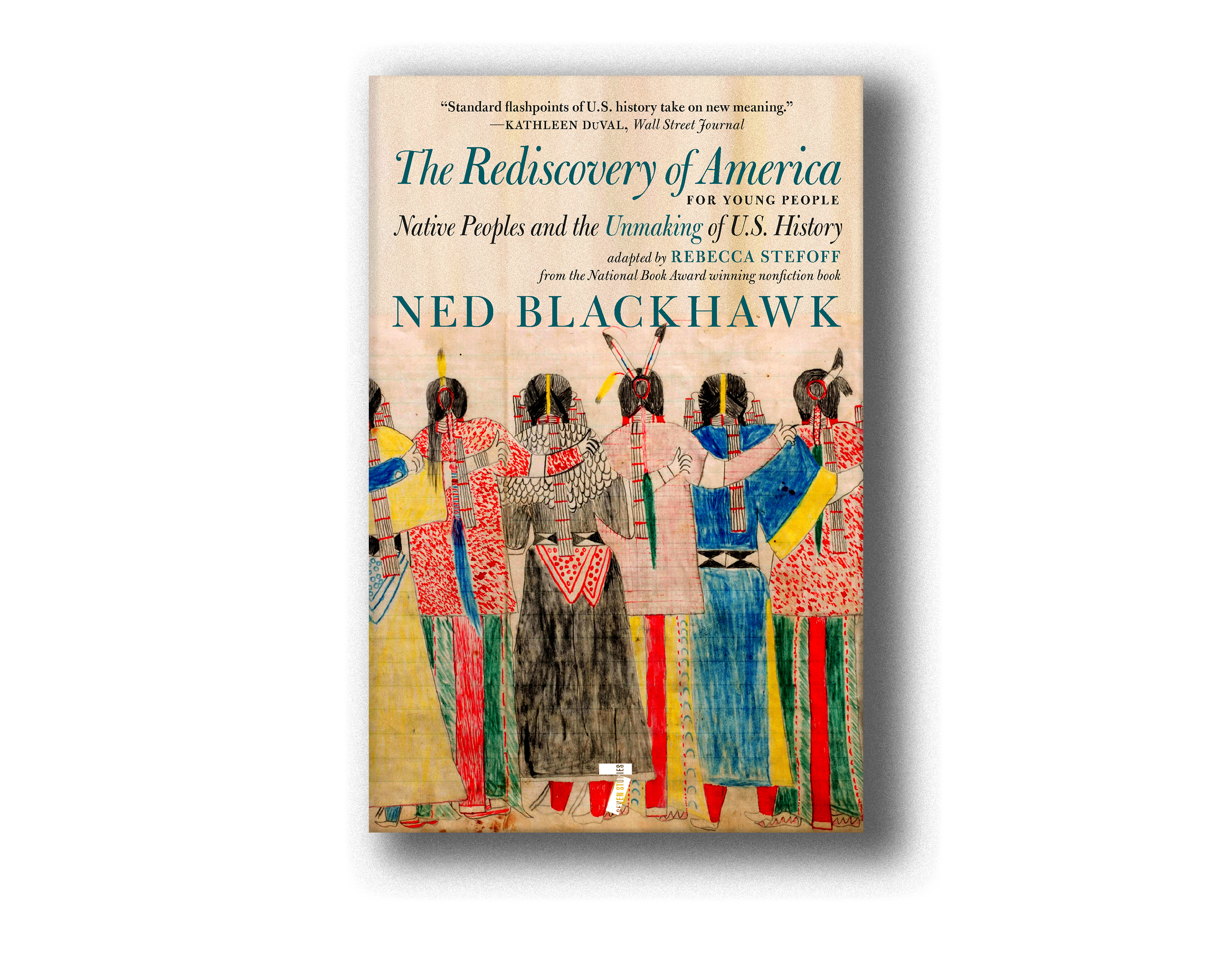A cultural history of The Battles Over Cultural Purity would need to include entire chapters on sombreros and sushi, because of the role each has played in the fierce contestation over what counts as “authentic” culture. In 2015, the student union at the University of East Anglia insisted that a local Mexican restaurant stop handing out free sombreros to students as a promotional campaign. The same year, sushi pronounced “anything but authentic” was one of the international cuisine items swept up in a kerfuffle at Oberlin College’s Dascombe dining hall.
Students also complained that the Banh Mi, a hearty Vietnamese sandwich of pâté and pickled vegetables served on crusty French bread, was here a concoction made of pulled pork and coleslaw on ciabatta bread. The fact that the Banh Mi is a result of France’s colonization of Vietnam appears to have escaped the notice of complainants.
What counts as authentic once a dish is unmoored from its place of origin? Pasta made its way to Italy from China, and curry is literally everywhere. As for sushi: my favourite roll is a version of the Pink Lady, a combination of raw salmon, scallion, avocado, and various other elements (I refuse to give away exact ingredients or the location where it can be found). It turns out that an actual Pink Lady is a dessert roll featuring cream cheese and is not particularly Japanese.
The British, in their usual way, “discovered” curry and then went completely mad about it, importing it into their tiny island where it is now the national food of the United Kingdom (they did something similar with various jewels and other Very Valuable Things).
If the Cultural Purity Police (CPP) had their way, they would brand British curry as theft, but every cuisine consists of an infinite number of borrowings and travels, sometimes stretching back millennia. (Now, the Kohinoor, yes, that’s definitely theft, and it ought to be returned, right into my delicate hands). Sure, making a bad version of any ethnic dish is offensive, but only if it offends our taste buds. And, again, who decides? Affordable Italian food in Chicago, including its famed Deep Dish pizza, is horrible, loaded down with cheap cheese and weird, gummy sauces. Every time I eat at one of the “family-owned” Italian restaurants here which claim “recipes from our grandmother,” I want to snark, “Your Nonna was a lousy cook, and some family traditions need to die.”
Context is everything. On its own, and done well, a taco salad is a delicious and filling meal, even if utterly inauthentic. Put one in front of this man, and with this text, and suddenly it becomes a wormhole into Everything Wrong with America.
The idea of cultural purity now determines what representations we might safely consume without guilt. When the Israeli Gal Gadot was selected to play Wonder Woman, critics on social media resurrected her Zionist Facebook post in 2014, vowed they would not watch the film and insisted on a boycott. Lebanon as in, the entire country of Lebanon banned the film.
When a flash point like the Wonder Woman controversy erupts, it’s easy to get lost in the details and ignore context. Yet, it’s always worth asking: in terms of cultural purity, what makes news, when, and why? Consider that Gadot starred in the 2016 film, Keeping Up with the Joneses, alongside Jon Hamm — where she played an actual Israel-born American spy whose Israeli military training is glorified in the film. If I had to choose to be offended by a film with Zionist leanings and starring Gal Gadot, I’d pick this one over the lush but tepid Wonder Woman. Did Keeping Up with the Joneses escape the notice of anti-Zionist filmgoers because it didn’t do well? In which case, we might surmise that those who went after Wonder Woman were less interested in the film’s Zionism (which was invisible to the naked eye) and more in proving their own anti-Zionism in relation to a major film that was raking in publicity. Which, as an anti-Zionist, I find troubling because the point of the political critique of Zionism gets washed away when we latch on to meaningless twitter campaigns that simply boost the signals of critics. Critiques of a liberal fantasy about Zionism made much more sense in the case of World War Z (a film that is not boring), which positioned Israel as a defender of Palestinian lives.
So how and why does something become a controversy in the first place, and what do those notions of cultural purity reveal about power?
Let us return to a controversy from the summer of 2017, over “Open Casket,” the artist Dana Schutz’s attempt to represent the 1955 murder of Emmett Till. His mother Mamie Till displayed his utterly smashed and broken face and body in an open casket, saying, “I want the world to see what they did to my baby.”
In Schutz’s painting, Till’s face occupies much of the left side. The painting is tentative, more like a study for a later work. At the bottom right is a Hallmark-y touch, a rose.
“Open Casket” is unlike the rest of Schutz’s work, which demonstrates a keen, deep, abiding and definitely unsentimental curiosity about the limits of the human body. Take, for example, her series “Frank from Observation,” in which paintings depict the various stages of a fictional white man who is also the last one on earth. We watch him in what we might think of as a series on “White Man in His Various Natural Habitats,” as his body, exposed to the elements, ages over time. The view of Frank is neither cruel nor sarcastic but it’s also not realistic or worshipful of the male form. Schutz uses the idea of the apocalypse to foreground a body that has long been central to representation (consider the entirety of Western art), and in doing so she makes manhood and the state of the world subjects neither to be contemplated as things of beauty nor to be derided, but to be considered anew and askew. In “Reclining Nude,” Frank is mostly pink, and while he is caught in a classical posture, the shades of his skin — and the flaccid penis draped over his thigh — belie any sense of majesty. Schutz isn’t making a commentary here; her interest is in seeing how far she can take the very idea of a body in the world. In “Sneeze,” she engages in her fondness for grotesquerie, turning an everyday moment into a hideous exposure, a multi-hued, x-ray look at a convulsion of snot.
In “Open Casket,” Schutz may have wanted to explore the grotesquerie of violence as a natural extension of her dominant themes. She had and has a right to do that — an artist needs to be free to come at a subject from any possible angle, even if the work seems at odds with many might consider a desirable mode of representation — in this case an overt political message that what happened was horrific.
And yet, “Open Casket” is less grotesque than the standard Schutz work, and that makes it a much less worthy piece. It’s inferior in its formal technique, rough and unfinished in a way that seems less deliberate than sloppy. And it’s conceptually bad in that it does little more than sentimentalize the view of Emmett Till’s body that we’ve long been familiar with (her painting is derived from the famous and widely circulated photos of his casket). Here, it’s as if she began with a more considered representation, but somewhere along the way, lost her nerve. It’s probably her worst piece in an otherwise deeply interesting body of work. All of which is to say, Dana Schutz is a damn good artist, but “Open Casket” is a piece of crap.
Yet the outrage that poured out at her had nothing to say about the quality of the work. Instead, it centered on cultural purity and appropriation. The artist Hannah Black demanded in an open letter that the work be destroyed. She went on, “Although Schutz’s intention may be to present white shame, this shame is not correctly represented as a painting of a dead Black boy by a white artist — those non-Black artists who sincerely wish to highlight the shameful nature of white violence should first of all stop treating Black pain as raw material. The subject matter is not Schutz’s....”
Schutz’s response to the controversy was to evoke — and hide behind — her status as a mother: “I don’t know what it is like to be black in America but I do know what it is like to be a mother. Emmett was Mamie Till’s only son...My engagement with this image was through empathy with his mother.” With those words, she set women’s art back, well, several centuries; we might recall that Mary Cassatt, despite the breadth of her work, is still mostly well-regarded for the non-threatening visions offered by her paintings of mothers and children.
Coco Fusco has pointed out that Black misrepresents Mamie Till’s display of the body, implying that she only meant it to be seen by Black people when she wanted it to be seen by the world. Fusco is right to raise this point, because so much of the response to Schutz is overdetermined by a similar misunderstanding.
One palpable strain of criticism dictates that moments like the murder of Till lie outside representation itself. Following from this is the argument, made by Black and others, that representation can claim ownership, and this is the logic by which critics decided that Shutz as a white woman had no right to represent Till.
But even if, say, Till’s mother had actually said, No white person can look at or represent my child, that statement would not be inviolable. The force of the sight of Till’s face moved forward what we call, in the most unsatisfactory set of words because it describes so little, the Civil Rights Movement. It went beyond solidifying a movement, and it went beyond the actors we know and can name. Fusco herself writes of her own mother being shaken by the images; the photographs made the brutality of white supremacy comprehensible to both black and white viewers.
If we limit representations of Till only to black artists, we’re also demanding that they come up with acceptable representations vetted by an unseen but powerful board, the court of public opinion. The irony is that Schutz’s painting is exactly what a Black artist might have come up with, when restricted by the demands of the open letter: a tremulous, hesitant work, marked as a Proper Representation by a single, sentimental rose. In contrast, consider a work that also appeared in the Biennial, Henry Taylor’s “The Times They Ain’t A Changing, Fast Enough!” At first glance, the painting looks like a failed and overly simple collage of images culled from the video of the shooting of Philando Castile. But a closer, longer look reveals a representation of the exhaustion of the subject itself: the exhaustion of the representation of black death in a genocidal police state as well as the psychic exhaustion that comes about from watching the scene and so many others like it on an endless loop as a collective, as we do and are compelled to do. In such conditions, all that can emerge are the bit parts of the scene, a white arm and a purple-black gun, a white shirt, a black man’s torso leaning back in the last gasp for breath.
Consider that both Taylor and Schutz are working from representations of historical moments that have been so widely circulated that we might imagine there is nothing else to say about them. But the genius of art is to make things new, and here Taylor succeeds as markedly as Schutz fails. Taylor’s work is representational but only in the sense that it draws from an all-too-real rendition of what happened; it is abstract in that it distills all the elements of the event into parts that are both recognizable (here is a gun, here is a white arm, here is a black man in a white t-shirt) and shockingly rendered as what we had never seen before (the inside of the car is a garish purple, there is a wisp of blue in the center, and so on). It’s a more formally interesting abstraction than Schutz’s work because it dares to delve into the unthinkable and reformulate the whole.
Could work like Taylor’s be produced by a white woman? Now and in the foreseeable future, it’s unlikely that any white artist will venture such abstraction for fear of being denounced as disrespectful, for fear of having the rest of their life’s work come under threat of constant attack (Schutz’s critics tried to have a later retrospective of her work at the Boston Institute of Contemporary Art cancelled, even though it did not feature “Open Casket.”) The backlash against Schutz, expressed in a letter that reads like a pastiche of every Woke Statement Ever Put on Twitter may well also mean that work like Taylor’s will be harder to come by.
Schutz will be fine. It’s clear that she can only represent race and related matters with the sensibility of a Nice White Lady and a Mom. Like many white artists, she grants her white subjects a depth and complexity that she cannot give to any non-white character. White liberalism can only think of non-white subjectivity through ready-made tropes, and attempts at abstraction end up like Schutz’s work on Till: clumsy, and made recognizable through readily recognizable cultural narratives, filtered through sentiment, affect, and dread at Being Wrong. As a prominent and rising white artist, she has the support of the art world, and has already garnered a much-desired public relations piece in the shape of a fawning profile in the New Yorker, no less, following the debacle, a piece clearly designed to rehabilitate her image.
Hannah Black will be fine. In a 2015 interview, she said, “I don't think art or at least my art should aim to be activist. All I can do is to express a relationship to my own conditions of being.” The words might have surprised those who took her open letter so seriously as to physically block people from looking at Schutz’s work and who continue to berate her. A few weeks after the Biennial letter, Black appeared in a new performance piece at MoMA PS1.
Both will be fine, but the loss is ours, doomed as we are to sterile images that question and probe nothing, offering only vast oceans of purity, with no one daring to go beyond the sentimental and clichéd representations that comfort us with their benign solace.
Yasmin Nair is a writer, academic, and activist whose work can be found at www.yasminnair.net. She's working on a book project, Strange Love: Neoliberalism and the Invention of Social Justice.





 British-Egyptian writer Alaa Abd el-Fattah, author of You Have Not Yet Been Defeated, was released last night from Wadi El-Natrun prison in Egypt and has since been reunited with his mother and one of his sisters in Cairo.
British-Egyptian writer Alaa Abd el-Fattah, author of You Have Not Yet Been Defeated, was released last night from Wadi El-Natrun prison in Egypt and has since been reunited with his mother and one of his sisters in Cairo.